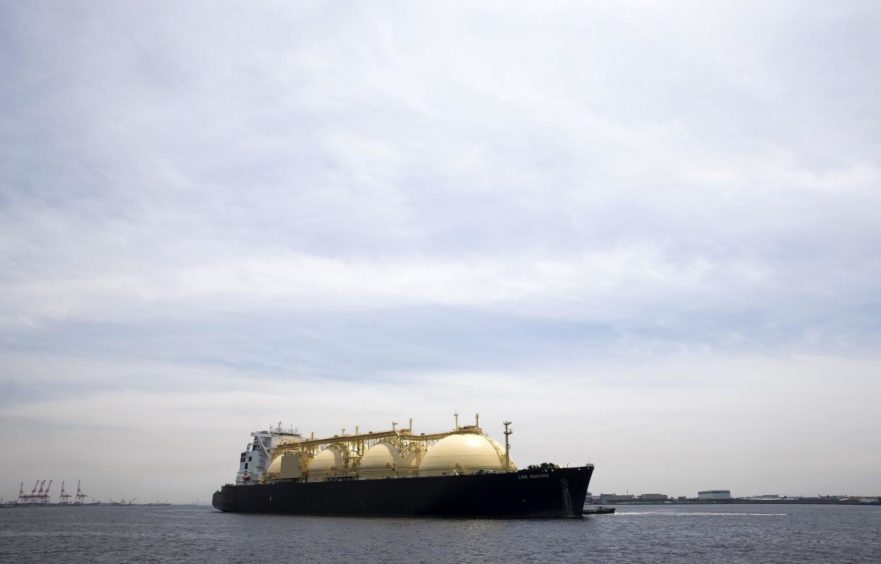
The US more than doubled LNG exports to Europe in the first four months of the year, according to the Energy Information Administration (EIA).
The US agency reported that 74% of LNG exports had gone to Europe in the period. This was up from 34% during the same four months in 2021.
In 2020, and 2021, Asia dominated US LNG flows, accounting for around half the total.
The US exported 11.5 billion cubic feet per day during the four month period of 2022, up 18% year on year. Train 6 at Sabine Pass and the first five blocks of Calcasieu Pass drove the increase.
Of this amount, 7.3 bcf per day went to the European Union, accounting for 49% of total imports. The US became the largest supplier of LNG to the EU and the UK in 2021, meeting 26% of the total imported.
Russia and Qatar accounted for 14% each.
As exports to Europe increased, flows to Asia declined by 51%. The volume exported during the first four months was 2.3 bcf per day, down from the 4.6 bcf per day average reported for 2021.
The US exported only six cargoes to China in the 2022 period, as a result of lower demand, mild weather and high LNG prices. Volumes to South Korea dropped 0.6 bcf per day and to Japan by 0.5 bcf per day.
Sky high
The European gas price, the Netherlands’ TTF, is trading at $26 per mmBtu. As BofA Global Research, in a note this week, said this gave it the “dubious honour of being the most expensive source of energy in the world”. TTF is trading at a premium this year of $3.7 per mmBtu to Asia’s JKM.
This has driven the highest levels of LNG imports into northwest Europe in at least the last 10 years, the analyst house said.
The UK has more regasification capacity than it currently needs. Pipelines into mainland Europe are unable to keep up with supply and the UK is also, unusually, exporting electricity. As a result, UK NBP prices are trading at a $7 per mmBtu discount to TTF.
As storage fills, prices will ease in the short term, the analysts said. This is unlikely to last and will draw in more LNG supplies.
“Tightness in the global LNG market this coming winter could force further energy demand rationing this winter, resulting in lasting damage to the European economy,” BofA Global Research said.
Henry Hub pressure
While the US has made strong progress in exporting LNG, there are some signs of domestic pressure. As temperatures climb, demand for gas – to drive air conditioning – has increased.
Henry Hub prices hit a 14-year high on June 6, at $9.37 per mmBtu for July delivery, up 10%. Low Henry Hub prices helped make the case for LNG exports, but the arbitrage between pricing is narrowing.
Energy Transfer struck a deal yesterday to supply a Chinese customer, China Gas Holdings, with 0.7 million tonnes per year of LNG. The company said the price was based on a Henry Hub benchmark with a fixed liquefaction fee.
China became the world’s top importer of LNG in 2021 but slipped back behind Japan in the first four months of the year, according to data from Refinitiv. High LNG prices are curbing demand or pushing consumers to opt for alternatives, such as coal.
